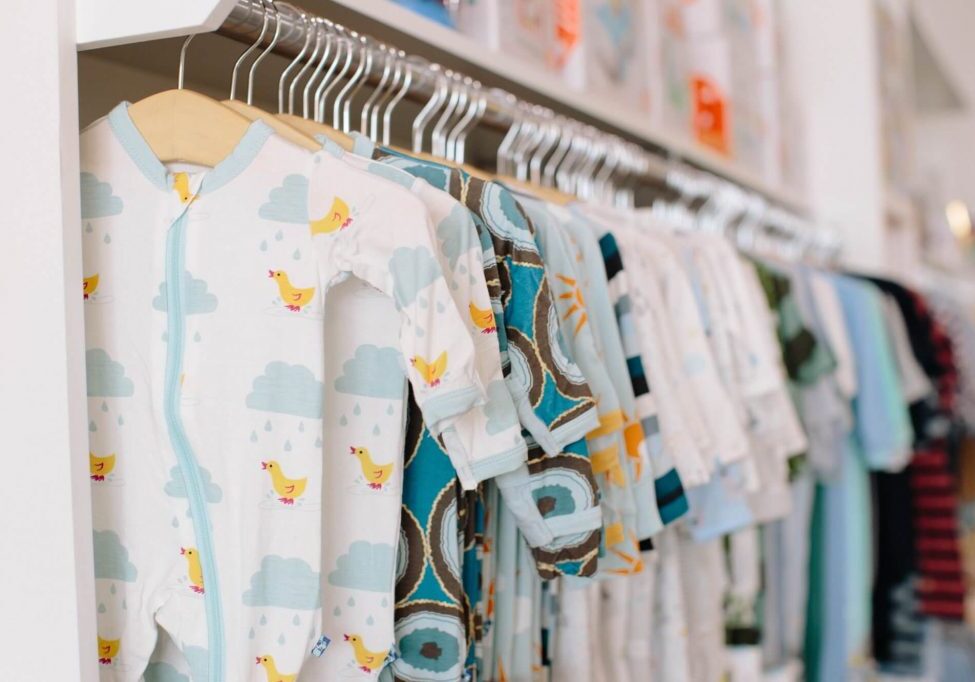How to Empower your Child to Dress Independently

Each morning as a parent brings new difficulties and headaches, running around the house trying to organize your children as they get ready for the day. A major component of this stress comes in the form of dressing your child. This activity may prove to be difficult due to your child’s failure to cooperate, and so many parents hold off on teaching their young ones to dress themselves until it is absolutely necessary.
Empowering your child to learn how to dress independently should not wait, as not only will it help alleviate the morning tension within your household, it is also a crucial element of child development. Approaching this activity as early as possible will help to develop both your child’s learning and physical abilities, allowing them to be fully independent by school age. Learning how to dress themselves builds your child’s self-esteem as increased independence helps to develop their confidence.
Teaching your child to get dressed on their own may seem like a long and daunting task at first, but our guide will help you manage any reservations and better empower your little one to dress independently.
Undress first
Although you may want to lessen the level of household hassle each morning, throwing your child straight into the deep end of dressing themselves will just cause more panic. Instead, teaching them how to undress first will be easier for your child. Approaching this learning moment at the end of each day at bath time will support your child’s comfortability with their clothes, while providing a much more relaxed environment to do so.
A simple way to begin teaching your child about dressing is to establish body parts with them as they learn. A good start to teaching this is through making up and singing songs, such as ‘left arm, right arm’ as each part is required to be removed. Naming each body part as it is removed from the clothing will not only help develop their anatomy knowledge, but it also helps to build their muscle strength which is pertinent in the next step of putting clothes on.
The push method
Once your child is comfortable with getting undressed and is ready to move on, a good next step is to establish the push method when learning to dress. Place your child’s shirt over their head and ask them to stretch their arms through the sleeves. This will help your child become comfortable with the required motions of getting dressed.
For young children, the fear of getting an arm or their head stuck while putting on a shirt might slow down this learning process. To counteract these worries, open the head hole of the shirt and turn the activity into a game by playing peekaboo with your young one. Not only will this game help your child learn the mechanics of dressing, it will also help decrease any panic by ensuring they are not stuck forever if they do get tangled up.
Sit them down
Lower body clothing items such as socks, shoes, underwear and pants might seem daunting at first when helping your child dress. Combat any balance concerns by training them to approach these lower items from a seated position. This way they can get their feet and legs into easier positions to better control their balance, as doing so while standing will prove too difficult at first.
Sitting down also provides a good start when helping your child recognize and understand front and back. By sitting them down and teaching them the difference between front and back, they will be able to better identify this with their wardrobe and recognize which way to put on their clothes.
Save fasteners
Ease your child into the learning process by beginning with elastic clothing and saving fasteners for down the track, as clothes containing buttons and zippers will prove too difficult for your child to master at first. Keeping items loose and comfortable, such as slippers and elastic pants, will allow them to be more easily maneuvered, providing your child with a good start to develop their motor skills.
Once these skills have progressed and they have a fundamental understanding of their clothing, you can start to introduce harder pieces containing buttons, zippers and laces to your child’s wardrobe. As these fasteners take more motor skills and it will take plenty of practice for your child to master, remember to remain patient and continue to encourage their learning efforts.
Play dress up
If regular learning becomes tiresome for your little one, spice up your teaching efforts by playing dress up. This activity will prove more fun for them, so it is a good idea to keep a basket of dress up costumes for your child and encourage them to put on and take off these items independently. This will help to relieve the stress of learning for your child.
Allowing your child to play dress up with larger costumes helps them to practice and develop their motor skills. The ease of the larger costumes further provides your child the opportunity to ascertain the desired motions for dressing themselves, without the tight restrictions of regular clothes. By establishing the ability to dress themselves up for fun, they will be able to recognize the same methods when dressing themselves day to day.
Conclusion
When deciding to teach your child to dress independently, don’t hesitate to start early. Encouraging independence early on will help to both alleviate stress within your household and build your child’s confidence. Whether they love to dress themselves or remain reliant on you to do so, empowering your child to be more independent by beginning this learning process early is a crucial step in their development.
